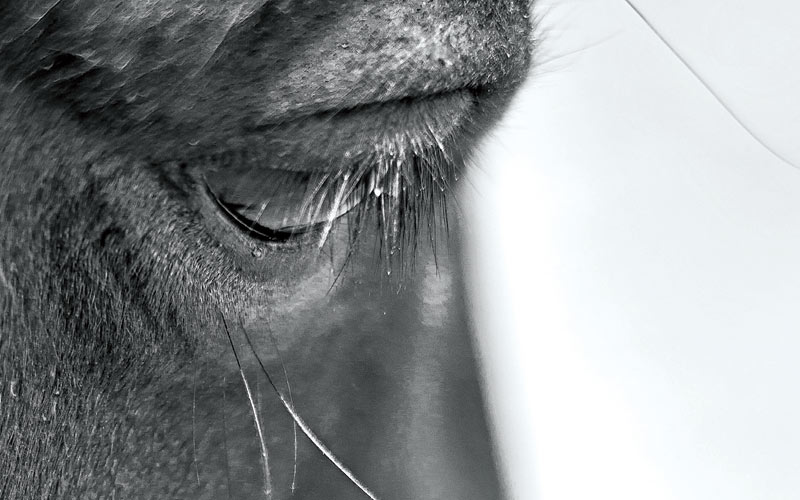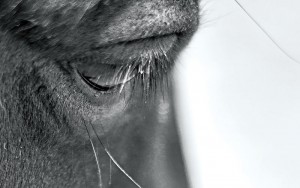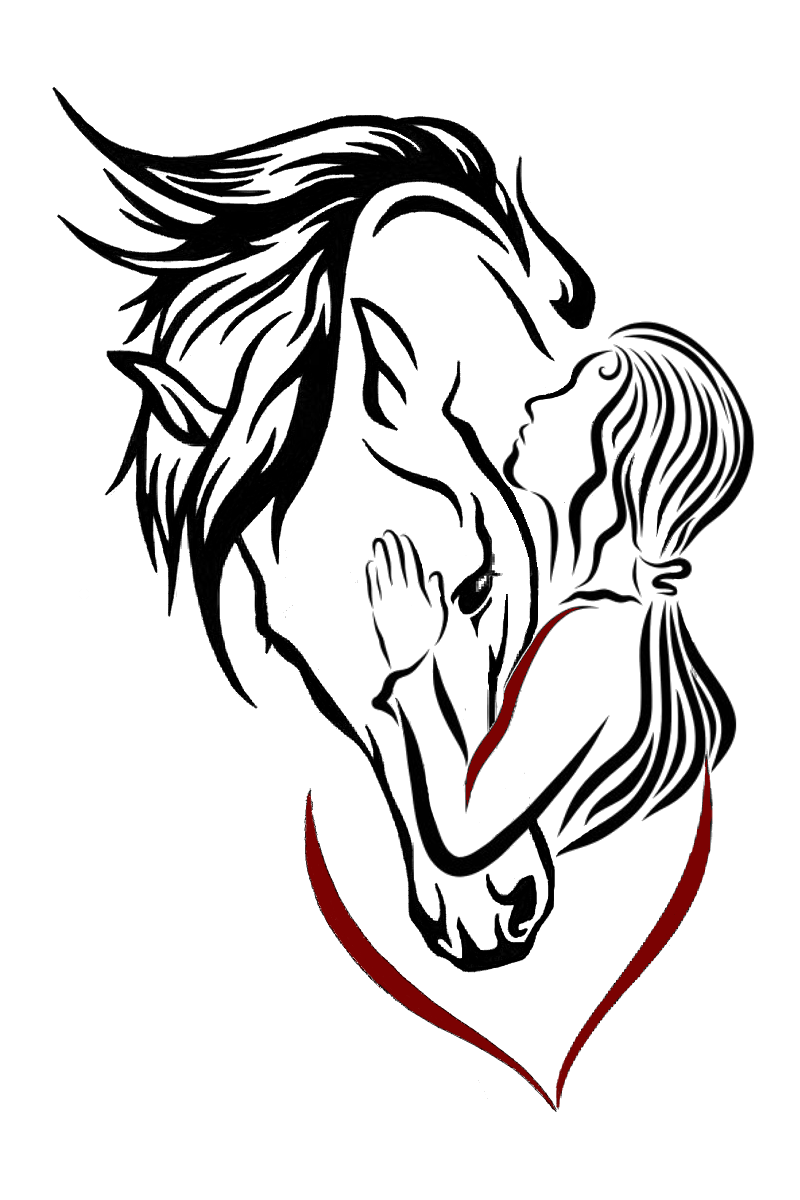Recognizing & Reporting Equine Abuse and Neglect

 If you suspect a horse is not receiving adequate care, it is important to take proper steps to report it.
If you suspect a horse is not receiving adequate care, it is important to take proper steps to report it.
We’ve all been there, though no one ever wants to be. You take a new back road route on your way to work, and notice a small herd of horses that look underweight. Or you’re walking through a barn, and observe someone reprimanding a horse too harshly. Any horse lover in these situations starts to have questions and concerns run through their minds. Do the skinny horses have access to food and water? Are they elderly, or ill? What did the horse being reprimanded do, and was this a one-time occurrence, or regular treatment?
It’s not unusual to feel somewhat helpless as well. What can you do? Who do you tell? How do you find out if the horses are at risk, and how do you prove it?
Are they at risk?
If you are concerned about a particular situation, it is first important to familiarize yourself with what constitutes reportable abuse and neglect. Stacy Segal, director of equine initiatives for the ASPCA Equine Fund, says: “The key to assessing if a horse is in need of assistance is having an understanding of basic equine care. Having knowledge about what constitutes appropriate feed and water, basic equine care (hoof care, dental care, parasite control) and even herd behavior will help determine whether a horse is in need of assistance. Definitions of abuse and neglect can vary, depending on the jurisdiction. Neglect typically refers to a failure to provide food, shelter, water and necessary veterinary care.”
“Abuse, on the other hand, translates into the intentional physical abuse of an equine animal,” explains Jennifer Warmke, president of the Northwest Equine Stewardship Center. “According to the legal dictionary, animal cruelty is defined as ‘the crime of inflicting physical pain, suffering or death on an animal…beyond necessity for normal discipline. It can include neglect that is so monstrous that the animal has suffered, died or been put in imminent danger of death’.”
Examining things in context
It is very easy to become extremely concerned when you see an animal receiving anything less than the best of care. So how can you tell if you are really witnessing equine neglect or abuse? “The first step is to consider the situation in context,” cautions Jennifer. “For example, seeing a person hit a horse once might not be animal cruelty, but seeing it over and over again changes the context. However, repeated incidents of cruelty are often signs of abuse because a pattern forms.
“The same is true for equine neglect,” she adds. “In the example provided at the beginning of this article, neglect was in the form of inadequate food, water and shelter. Again, it is important to consider the context of the situation. If a horse kept on pasture runs out of water one day, it might be an honest mistake. But if a horse is constantly without water and has no access to a potable water source, this probably constitutes neglect.”
Involving the authorities
If you have examined the situation and feel that further action needs to be taken, the next step is contacting the appropriate authorities. “In most cases, local law enforcement will be the agency that has the ability to investigate, and if necessary, intervene on behalf of neglected or abused animals,” says Stacy. “Let them know you would like law enforcement to do a welfare check on the animals in question. Be sure to ask for the name of the person you’re speaking with and make a note of the time and date of the conversation. While you can request a follow-up call, understand that law enforcement cannot always disclose the details of an investigation, and they need time to build a case.
“In some states, animal welfare agencies have law enforcement authority when it comes to animal concerns. This is why it’s important to have an understanding of who has jurisdiction in your community. Even if the local animal shelter or horse rescue does not have jurisdiction, it’s always good to notify them of your concern as well. Often, they have relationships with law enforcement and can act as an advocate for the horses, or offer additional resources.”
Reporting an incident
“First and foremost, it is important to remember that it is never a good idea to trespass when trying to help an animal,” warns Stacy. “If an animal appears to be in immediate need of intervention, call law enforcement, describe what you’re witnessing, and if possible, wait at the scene until they arrive.
“If you have legal access to the property or can gather information from a public road, here are the types of things that are important to share with local authorities when reporting an incident:
• Geographic location of the animal (exact address, if possible).
• Date, time and weather conditions; note the temperature if possible.
• Description of the animal: any distinguishing markings, other important features (e.g. injuries).
• Description of the physical surroundings: type of enclosure, type of footing (e.g., muddy, pasture), if food and water are available, type of food and water, if shelter is available and if so what kind, the state of the enclosure (e.g. clean or cluttered).
• Note any other animals in the enclosure. If there is more than one animal you’re concerned about, use the guidelines above to make notes about each.
• If possible, take photos. Again, be mindful not to trespass or endanger your safety.”
The horse world is a small place, and depending on the situation, it is understandable that some people may want to remain anonymous when contacting authorities. “While you can report anonymously, it is recommended that you actually file a report,” says Jennifer. “This is important because ultimately it is up to the authorities to determine whether or not a particular equine abuse or neglect situation is actionable. This process typically involves a thorough investigation, often while the animal(s) remain in the custody of the owner.”
“Be sure to mention up front that you desire to remain anonymous,” adds Stacy. “However, we encourage individuals to provide their contact info in case local authorities need more information or can’t locate the animal at the specified address.”
Going through the proper channels
With the advent of social media, it has become quite easy to spread news quickly. And while it is important to take swift action in animal cruelty or neglect cases, it is also important to do things properly and respectfully. From time to time, you see someone being unnecessarily vilified because there is a skinny horse in their pasture – only to later discover that the horse is a recent rescue being rehabilitated, or is recovering from an illness or surgery. Going through the authorities first will ensure that the case is investigated properly.
“It may be that the authorities are already aware of the situation and are monitoring it,” says Jennifer. “It could be that the authorities have placed the animals in a foster situation for rehab or that the ‘new’ owners have recently acquired a rescue animal. It is important not to put yourself in harm’s way, but if you feel comfortable approaching the owner and talking to them about what is going on, in some instances this can help clear up the situation as well.”
“If they are truly providing adequate care for a horse who is recovering from previous neglect, they should be happy to provide documentation to local authorities,” adds Stacy.
Our horses don’t have the ability to speak for themselves, so we need to look out for them and be their voice. By swiftly following the appropriate steps to report an abuse or neglect situation, you can help promote the health and welfare of our equine friends.
